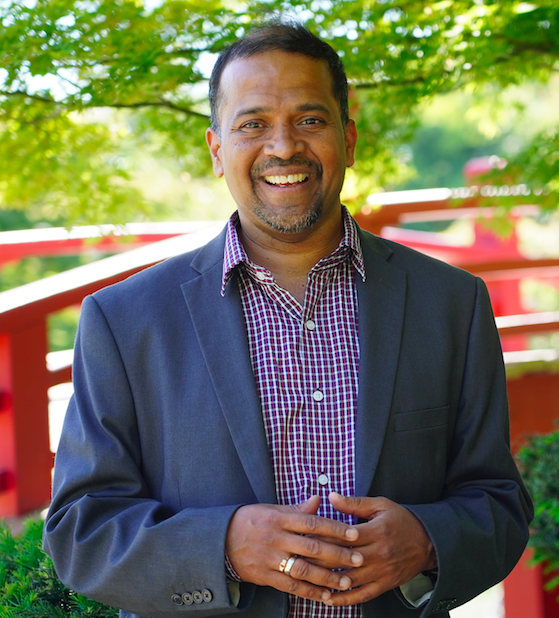It is that widely despised annual ritual of the corporate workplace. The dreaded 360 review that weighs on every manager’s mind as she steels herself to solicit feedback from unsuspecting souls spanning the breadth and the depth of the organization. Then – depending on how committed she is to the process – tabulating this feedback, deriving insights and setting up the “annual review meeting” with her underlings. And the emotions of the team member, when called into this meeting could span from steeling himself to protest every piece of constructive feedback TO a battle-hardened deadpan resigned demeanor of someone who has been through this ritual before and knowing that this drama will soon be in the annals of history TO a novice who is actually looking forward to hearing what the world thinks of him.
After many such encounters, both as a manager and as an employee, I committed myself to discover a better way. And serendipitously, a wonderful manager by the name Paul Gacek turned out to be my godsend – a beacon of wisdom. He taught me a painless, effective and impactful feedback methodology called the SSC short for Start, Stop, Continue – which I imbibed into my work ethos. And it served me well for over a decade.
Until now.
But before we move further let me explain how SSC works. It is a self-actualized method that does not require a manager to go soliciting feedback with pre-determined individuals. Instead, it empowers individuals like you and me to go solicit feedback with folks that we cross paths with at work. However, it has one powerful tenet that is typically not found in the 360-review process. #Empathy. Yes – empathy. For the interviewee’s time and horsepower. How? By just asking for feedback on one aspect each under Start, Stop and Continue. Start – what does the subject need to start doing that she is not doing? Stop – what is it that she is doing that she should effectively stop doing right now? and Continue – something that she does really well that she should keep up. That’s it. And it works like a charm. Its time bounded. It’s focused. It’s balanced.
But discerning readers may have realized that I mentioned previously that it has worked until now. What changed? Maybe a little bit of my work-life recalibration. The feedback on myself so I can be a more efficient, charismatic, capable leader seemed to matter a tad less. And the need to truly help and engage with others seemed to take on a life of its own. So, a few months ago I decided on an experiment. It consisted of me picking my targets, but with a maniacal focus on using #empathy (learnings from the SSC method) by making the feedback even quicker and painless for the audience. Just one word. Yup. One word was all the feedback I was asking for. In fact, the survey question went like this – in verbatim.
When you think of me, what is the first adjective that comes to mind immediately?
And the answer had to be one word. That’s the magic. Not two or a sentence! #ONE

Why did I do this? To inflate my ego with the superlatives (I hoped) would be coming my way? Or was there a bigger meaning at this juncture in my life? Let me kill the suspense. I had one objective – to find out whether I was a taker, builder or a giver. And my definition of a taker – uses others to promote one’s own cause, a builder – obsessed with his or her own self-image and a giver – looking to help others. To be honest, of the 50 people I sent the survey to, I was reasonably confident that there any feedback as a “taker” would be shocking. So really the contention was about whether I was about myself or you first. And this is what the world (from 32 responses) told me.
A third of the universe viewed me as a giver first, two-thirds viewed me as a builder. I am being brutally harsh with this categorization by being biased towards the builder for words that seem inconclusive in their categorization – for example – passionate, which I classified as a builder category.
So that’s my assessment. I need to do better. My goal in the next year is to at least get to a 50:50 split of giving and building. Where do you think you stand? Interested? Go ahead and experiment. But do it with empathy for the audience and a desire to take the feedback and be a better incarnation of yourself. Meanwhile, wish me better luck in my next survey!
(BTW, here is actual survey link)


